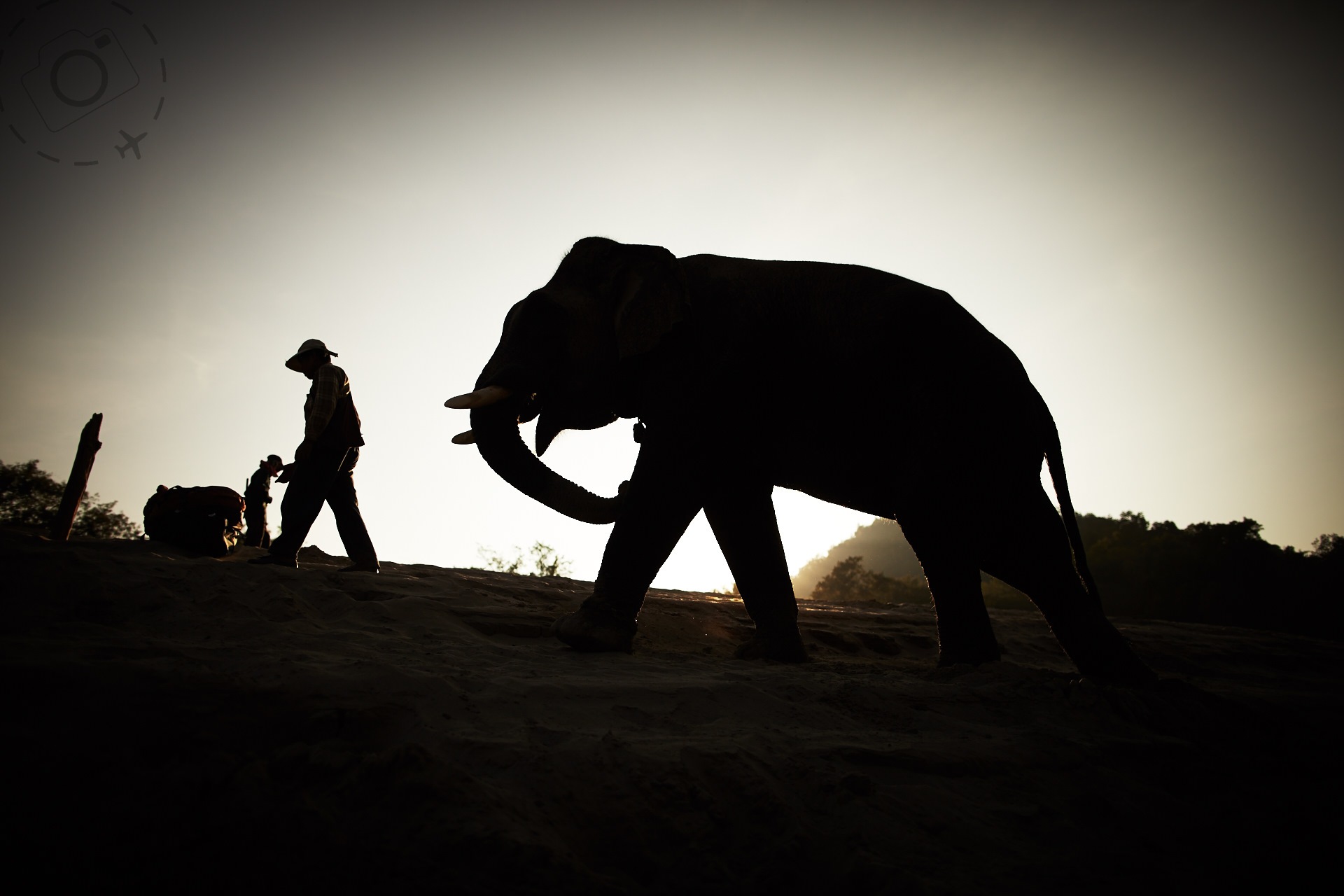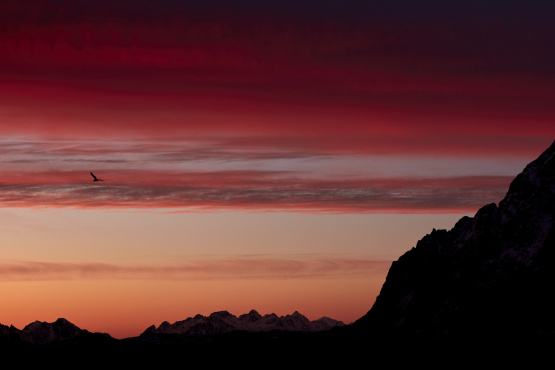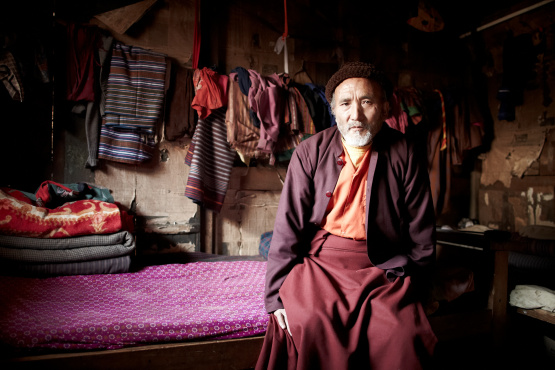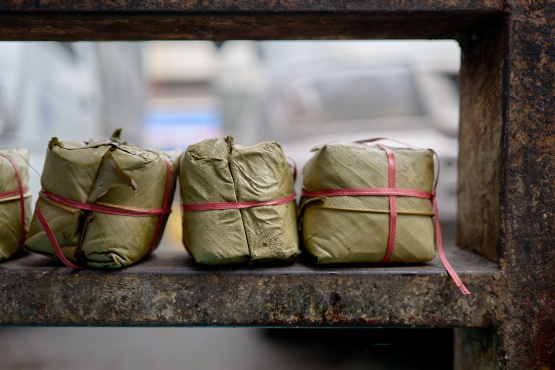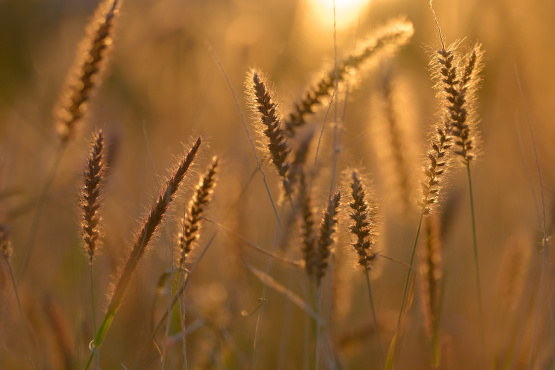The true success behind LIFE magazine has been the commanding use of images to tell a story. Pictorial spreads were still a ground breaking concept in 1936 when the relaunch of LIFE as a pictorial narrative heralded a new era of photojournalism. Editors would fill their pages with photographic insights into the lives of real people and drama of real events, from across America and across the globe.
LIFE magazine was proof that photographs have the ability to express stories which words cannot. The magazines early success relied on the work of skilled individuals, men who were forging new ground in the field on the basis of individual talent.
On VJ Day in 1945 Alfred Eisenstaedt shot the iconic picture of a sailor and a nurse celebrating the WWII armistice in Times Square New York. The sailor had been working his way down the square kissing any and every woman he could find, and then swooned a particular young nurse for a long and unexpected kiss. Eisenstaedt had been watching the sailor, and that final kiss lasted long enough for him to grab four frames on his Leica. This image has become the most recognised visual record of that historical event, telling a story of joy for that service-man, the girl and the entire city.
Eisenstaedt shot more than 90 covers for LIFE in his career and was a major influence on the standards for photojournalism in the 20th century.
STORIES IN DETAIL
Eisenstaedt left Nazi Germany in 1935 and brought with him the wisdom of European thinking at the time. His trademark was a candid style, much of his work the result of being unobserved by his subjects. Eisenstaedt's second gift to photojournalism was shooting in series; he would shoot different levels of detail to capture elements of a broader story. At the time his style was very new to the American world of publishing, but his work was underpinned by the freedom to tell the story as he saw it.
In his own words, "Many people have asked me a question, didn't the editors tell you exactly what they want to take? I said goodness no...The LIFE photographer was an individualist, he could photograph anything he wanted to do. Nobody tell you what to do."
That ability to tell their own story characterised all of the LIFE photographers. Many would put their own lives in great danger in order to get the picture, because it was not just a picture. It was the story that mattered. Robert Capa was quoted as saying, "If your pictures aren't good enough, you're not close enough." He died in 1964 after getting too close to a land mine.
When you view Robert Capa's images of war there is a palpable story that dominates each frame; his compositions are a product of the documentary imperative. Capa explained the difference between art and documentary in very blunt terms, "If you call yourself an artist you wont get anything published. Call yourself a photojournalist, and then you can do whatever you want."
Art and narrative are not exclusive however, because every story is a work of art and every artist is telling a story. In the 20th century magazines like LIFE and National Geographic were pushing forward the notion of documentary narrative, but the artistic end of town was shooting landscapes and fashion with an increasingly greater appreciation for narrative as well. Richard Avedon's scenes of haute couture set against raw locations were designed to make a statement about the modern women and her coveted fashion. His images were about fashion but still told a story.
What all the best photographers of the 20th century had in common was an understanding of the story before contemplating how light would hit the film.
Modern travel photography sits in the middle of a continuum with fine art at one end and photojournalism at the other. At it's best it achieves both, at it's worst it qualifies for neither. Anyone shooting travel photography for the sake of art would most likely call themselves an artist, having a broader reference than merely travel itself. However, most self-proclaimed travel photographers see themselves as particular kind of photojournalist, one that leans heavily towards revealing the beauty of cultures rather than their tragedies.
Ultimately the narrative qualities of any image are the consequence of the photographers narrative voice. You have to have something to say about the subject, and that requires you to have engaged with the subject before the shutter gets clicking. The lesson here is to look for your story first, and the photograph second.
In the words of Elliott Erwitt, "To me, photography is an art of observation. It's about finding something interesting in an ordinary place.... I've found it has little to do with the things you see and everything to do with the way you see them."
Practical steps that impact your narrative ability fall back to the basic foundations presented on this website. Get closer to your subject, engage with the scene, be present in your photography, go slow instead of shoot'n'run. From a technical perspective the wide angle lens and its ability to include broad elements into a frame give you the best opportunity to build compositions with context.
All the technical skill in the world wont help you however, unless you have an understanding of your subject and something to say about them. From knowledge springs inspiration.
STORIES UNFOLDING
I was shooting a brochure in Morocco when I arrived in the city of Fez. There was a great celebration taking place to honour the circumcision of the prince, apparently an event worthy of national attention.
Horsemen from tribes all over the country had gathered to take part in a Fantasia, a Moroccan tradition where a team of horses charge across an open field towards the spectators. At the very last second their muskets are discharged in unison and the horses pulled up before they run into the crowd. It's a display of daring and might.
Even from the back of a crowd the smoke and gunshot of the horsemen was impressive, but I wanted to get in closer. I started to work my way through the people, and as I got closer to the front the noise of men cheering, screaming and yelling was deafening. I could no longer see anything once lost in the mob, I could only hear the random explosion of firearms elevated above the screams.
As I drew near to the fence I no longer had to push myself forward; people in the crowd could see my camera and they would grab me by the arm to drag me along. Had I just landed in a foreign country and found myself being man-handled by an excited mob I might have been worried, but in this instance it was easy to distinguish between celebration and madness.
Suddenly there was no further to go. Instead of a fence there was a rope, nothing more. Metal spikes in the ground supported the flimsy barrier, and several thousand people bustled behind it as though it were an impenetrable wall. If I so much as leaned over that rope my companions on either side would gently pull me backwards by the shoulder.
One of them looked down at me and in broken English said, "Last one today, last one!" And then the horses came.
The length of the field was big enough for a soccer match, maybe two. From a distance the riders looked neat and organised, a formidable and disciplined force. But that wasn't the story. Hoofs dug into the dirt and the straight line of horses grew closer, like the charge of the light brigade. But horses in full gallop was not the story either. I waited patiently.
My camera was set to continuous mode, giving me nine frames in sequence. Not much room for error if I started to fire too soon and missed the gun shots. I had my wide angle lens mounted as well, so they would have to be pretty close to get any sort of composition. Even half way down the field the frame was a big empty sky, with a big empty field and a thin line of horses.
The noise grew louder, from the horses under gallop and the mob yelling behind me. I kneeled down on the ground with my lens positioned below the rope. This would accentuate the height of the horses and their riders. The charge was close enough to notice the chunks of dirt being kicked into the air, not just behind them but to the sides and in front like a rogue wave. I knew they would get a lot closer still, so I waited with all my patience.
I wouldn't hit the shutter until I heard the muskets fire.
Nine continuous frames might seem like a lot of shots, but it's little more than a razor thin slice when confronted with such an extraordinary opportunity. When the riders fired their shots I started shooting too. I took three bursts, each three frames in sequence. On the last sequence the horses were still pulling to a halt, the tidy attack formation scrambled as the animals tried desperately to release their momentum. Riders still had their weapons raised, now pointing at different angles and some still breathing out gun smoke. Dirt flew into the crowd, horses packed against each other and you could see the flared nostrils straining under the pull of the reins.
I got my last shot.
STORIES HAVE BEGINNINGS
Sometimes you don't always know what the image will be before you shoot. You just know there's a story, you know that things are happening around you, so you try to follow that story in anticipation of the moment. Letting the story guide your photography will take your expression to new places, repeatedly. Instead of wandering an entire city looking for a subject to shoot you simply follow the back story and go with the flow.
Narrowing your focus to a theme or a topic has a similar effect. Preselected photographic themes limit your search to a finite range, so you can spend your time delving deeper into a smaller pool of potential subjects. If you arrive in China with a brief like "Bicycles in Beijing", then you might spend the next few weeks chasing your theme all over the city. If your brief simply says "Beijing" then you might struggle to find a starting point.
So we start with a story.
It could be your own story, one that emerges from the images you shoot. It could be someone else's story, one that permeates the images captured on your camera. Above all we strive to use our technical skills and creative expression to give voice to the stories we think are important, to imbue our documentation of travel with greater meaning.
The point at which art and narrative meet is when the story leads you to the photograph, and the photograph leads others back to the story.


